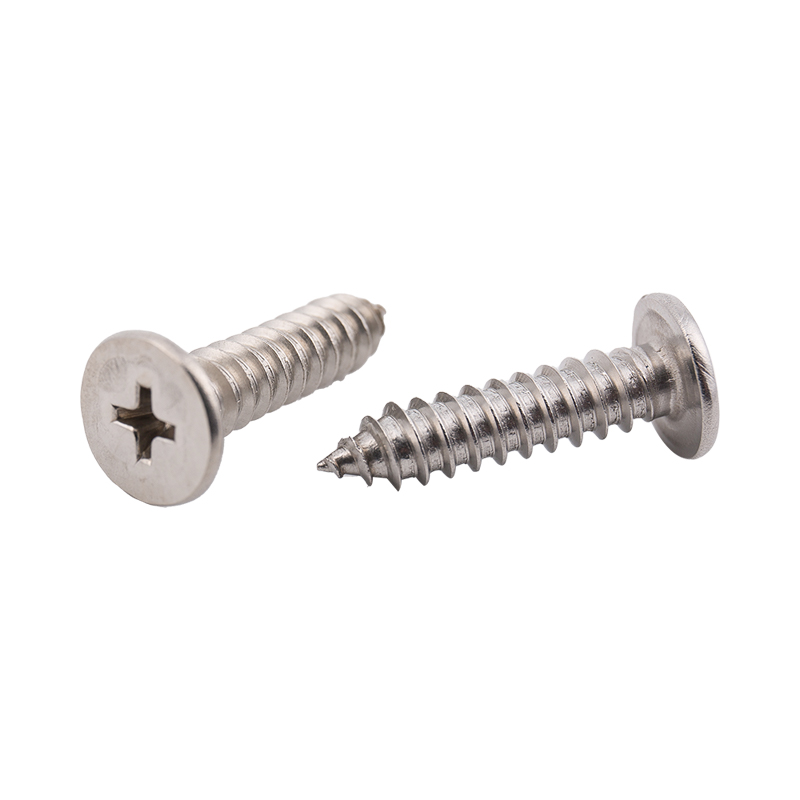-
Thép carbon / thép không gỉViệc sử dụng thép carbon / thép không gỉ và các vật liệu cán khác, nó có thể đóng vai trò kết nối cố định, bu lông hai đầu có ren ở cả hai đầu, ở giữ...
-
Đinh tán hình chữ LViệc sử dụng vật liệu thép không gỉ uốn răng lăn thường được chôn trong nền bê tông, để cố định các cột đỡ kết cấu thép khác nhau, máy móc và thiết...
-
Đinh tán hình chữ U bằng thép không gỉViệc sử dụng vật liệu thép không gỉ làm răng cán uốn cong, do hình dạng có hình chữ U và được đặt tên nên hai đầu ren có thể kết hợp với đai ốc. bu...
-
Bu lông hình chữ U bằng thép carbonViệc sử dụng vật liệu thép carbon cán răng uốn làm bằng bu lông chữ U có thể là hai hoặc nhiều vật được kết nối với nhau để tạo thành một kết cấu t...
-
Cột đai ốc đinh tán áp lựcViệc sử dụng vật liệu thép cacbon làm bằng trụ nguội, có đầu là hình trụ, thân chính cũng là hình trụ, các lỗ mù có ren vít thuộc loại đai ốc, dùng...
-
Thông qua cột đai ốc đinh tán áp lực lỗViệc sử dụng vật liệu thép cacbon làm bằng trụ nguội, có đầu là hình trụ, thân chính cũng là hình trụ, xuyên lỗ không có răng là một loại đai ốc, d...
What fastening techniques are most effective for stainless steel screws?
Tin tức ngành-Effective fastening techniques for stainless steel screws involve a combination of proper installation methods, tools, and considerations for the material being fastened. Here are some of the most effective techniques:
Pre-drilling:
For hard materials, pre-drilling pilot holes can prevent splitting and ensure proper alignment. The pilot hole should be slightly smaller than the screw's diameter to allow for a tight fit.
Using the Right Tool:
Utilizing a high-quality screwdriver or drill with the appropriate bit is crucial. For stainless steel screws, using a drill with a slower speed can reduce the risk of overheating, which can lead to galling (friction-induced damage).
Torque Control:
Applying the correct amount of torque is essential. Over-tightening can strip the threads or damage the material, while under-tightening can lead to loosening. Using a torque wrench can help achieve the right tension.
Thread Lubrication:
Applying a lubricant (such as anti-seize compound) to the threads can reduce friction and prevent galling, especially in stainless steel applications where metal-to-metal contact occurs.
Proper Thread Engagement:
Ensuring full thread engagement with the mating material enhances load distribution and holding power. This often involves using screws with a length suitable for the thickness of the materials being joined.

Using Washers:
In applications where load distribution is important, using washers can help spread the load and prevent damage to the surface being fastened. This is particularly useful in softer materials.
Vibration Resistance:
For applications exposed to vibrations, consider using locking mechanisms (like lock washers or nylon insert lock nuts) or thread-locking adhesives to prevent loosening.
Environmental Considerations:
In corrosive environments, using marine-grade stainless steel screws (like 316 grade) can enhance durability. Also, ensuring that dissimilar metals are isolated (using non-metallic washers) can prevent galvanic corrosion.
Correct Installation Technique:
When installing, start the screw slowly to ensure it engages properly. Once the screw is started, increase speed but remain cautious not to overtighten.
Regular Maintenance:
For applications subject to wear and tear, periodically checking and retightening screws can help maintain their integrity and performance.




